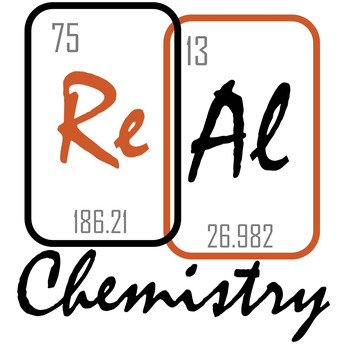The neurotransmitter norepinephrine is 56.8% carbon, 6.5% hydrogen, 28.4% oxygen, and 8.3% nitrogen. Its molar mass is 169 g/mol. What is the molecular formula of this substance?
1 Answer
First determine the empirical formula by using the ratios of the moles of each element. Then determine the molecular formula by comparing the molar mass for the empirical and molecular formula.
Explanation:
For the first part, determining the empirical formula, see this video below:
Once you have determined the empirical formula, calculate the molar mass of this empirical formula. For example, if you find the empirical formula to be C2H2ON then simply add up the molar masses of each element as you would for the molecular formula.
Next divide the molar mass of the molecular formula (169 g/mol) by the molar mass you found for the empirical formula. This should give you something close to a whole number, say 1.993. Round this to a whole number. In this example, round to 2. Finally multiply the subscripts in your empirical formula by this number that you rounded too.
Why does this get you the answer?
Well say you have an empirical formula of HO which has a molar mass of 17.01 g/mol. What this is telling us is that your molecular formula has a ratio of 1 hydrogen for every 1 oxygen. But you don't know exactly how many hydrogens or oxygens are actually present. There could be 2 of each or 100 of each.
If you know the molar mass of your molecular formula is 34.02 g/mol then you know you have exactly 2 times the amount of atoms as your empirical formula shows (34.02/17.01 = 2). So that means you must have H2O2.
Does that help?

